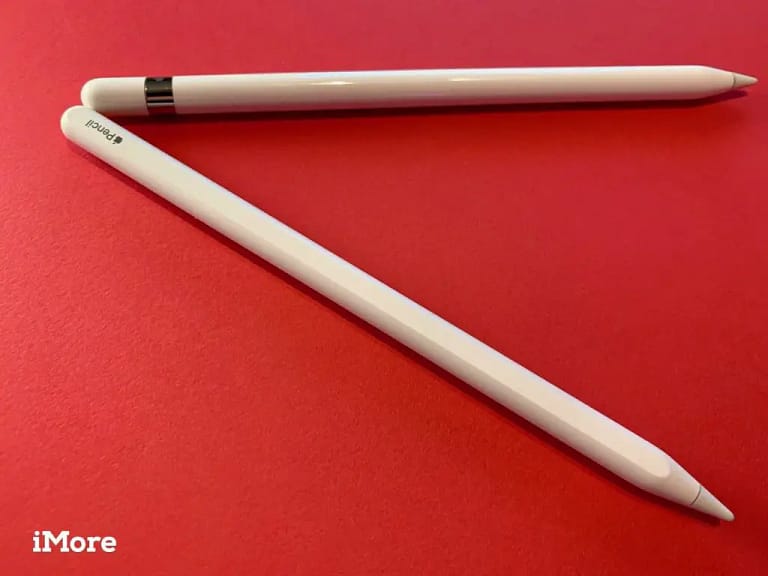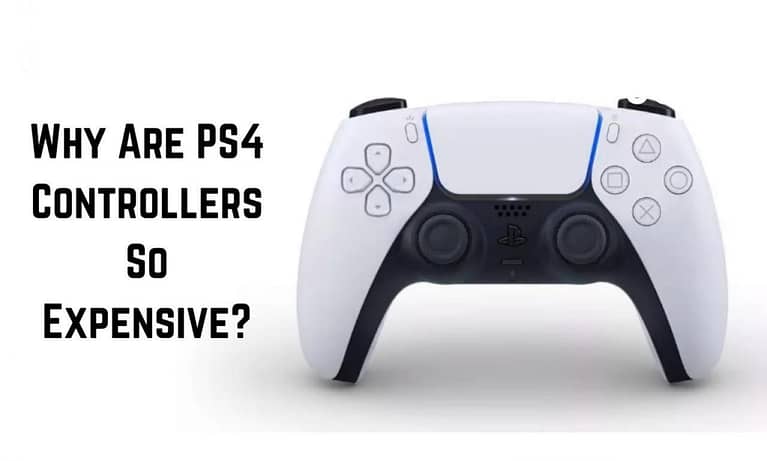Understanding Why Does My Dog Nudge My Cat With His Nose

Understanding Why Does My Dog Nudge My Cat With His Nose Do you ever wonder why your furry friends engage in certain behaviors towards each other? One common behavior is when a dog nudges a cat with its nose. While…













